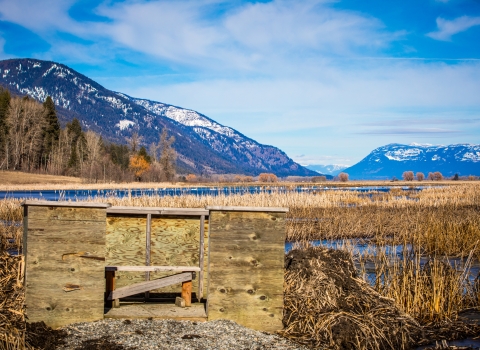Monarch butterflies undergo a spectacular multi-generational migration. There are approximately four generations of monarch butterflies that will emerge throughout the year; the first generation is tasked with migrating from Mexico to the southern United States; the second and third generations emerge and lay many eggs in the north but do not have any role in migration; and the fourth generation must trek south towards the forested mountains in central Mexico.
Here at Minnesota Valley National Wildlife Refuge, we see the first black and orange multi-generational pollinators returning in mid-May, following the progression of blooming milkweeds. The eggs laid following their arrival will live only 2-6 weeks compared to the 8-9 months of the overwintering population found in Mexico.
The overwintering generation, or the last generation of the year, goes through a process known as reproductive diapause. The timing is based on nectar availability and causes the adults to not sexually mature after emerging. Once spring arrives and temperatures increase, they are able to begin reproducing and migrating north of Mexico, laying eggs in the southern United States. They live much longer lives than their summer counterparts for two reasons: they are not using valuable energy to reproduce, and the cooler temperatures slow their metabolism, allowing them to live longer.
It takes monarchs approximately one month to go from egg to adult butterfly, with temperature influencing the time it takes to go through each life stage. Warmer summers have been shown to reduce the amount of time it takes to go from egg to adult by multiple days. This may allow for additional monarch generations during warmer months.
Milkweed, also known as the host plant, is required for developing caterpillars and is the only plant they can eat. As adults, they seek nectar-rich plants in addition to milkweed, such as blazing star, goldenrod, Culver's root and asters.
You can help monarch butterflies by researching and planting native, nectar-rich plants while being mindful of choosing species that bloom at different times throughout the growing season to ensure a steady and nutrient-packed food supply. Learn more about the monarch butterfly.
Members of the public are invited to join us at Minnesota Valley National Wildlife Refuge in late summer and early fall for monarch tagging, which helps advance research on monarch migration patterns and changes. Keep your eyes on our events page during mid August for more information.





